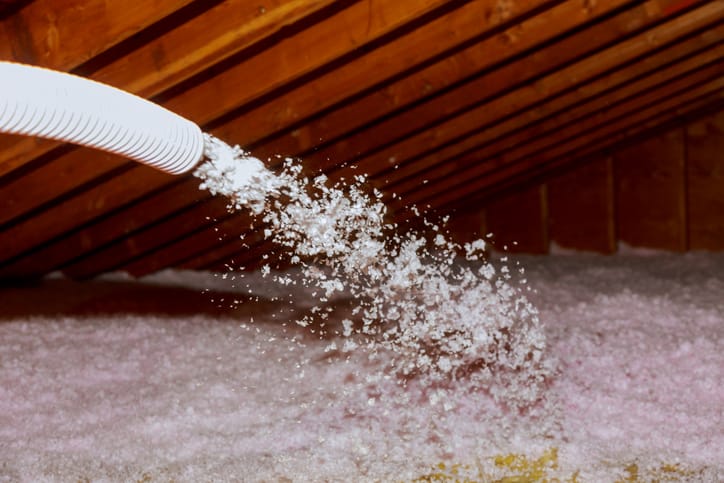Replacing your old insulation is always a great investment since it will save you on the energy costs over the years. But, what is the best new type of attic insulation to consider? A few years back, most homeowners would have opted for vermiculite, mineral wool, rock and many other types of insulation material. However, today two materials are the most beneficial:
- Cellulose
- Fibreglass
Many attics these days are insulated with either one of these materials. So, what are the similarities between the two options?
Similarities between Cellulose and Fiberglass
When we look at the three main similarities between fibreglass and cellulose, it becomes clear why they are considered as the best options for insulation these days. The first major similarity between these two types of insulation material is that they have a good R-value. An R-value measure how well your insulation material blocks heat flow, meaning the higher the R-Value, the better the insulation.
Generally, the R-value of fibreglass and cellulose is similar, meaning that the amount of heat that is blocked is almost the same. Another important similarity between the two types of insulation material is the ease of installation. Both of these materials can be used as a home DIY project. While it is advisable to consult a professional when installing insulation material, installing fibreglass is a straightforward process that doesn’t require any special tools. However, when installing cellulose, you will require a blower that can be rented out for a small price.
Finally, and most importantly, both cellulose and fibreglass insulation material is relatively inexpensive types of insulation. When compared to the other type of insulation material, they are the cheapest you can get per square foot. When you combine their low price with the possibility that you might work on the project yourself, you can save a few extra dollars with these materials.
What are the Differences?
Cellulose is a non-toxic material and is considered by a lot of professionals as eco-friendly and safe for the environment. It has also been tested by professionals and has shown to be completely safe, meaning no hazard Label is needed for this particular product. In sharp contrast to this, fibreglass insulation is required to come with a hazard label that has to notify the possible danger of respiratory illnesses and cancer. If you are health conscious, cellulose insulation material might be the best bet for you.
Another factor that is worth consideration is their flammability. Normally, fibreglass is less likely to catch and spread fire since it has been made from spun glass. Cellulose, on the other hand, is essentially made from paper, and there are several documented incidents that have reported where cellulose insulation spread the fire. However, these days cellulose insulation material is treated with a boric acid that helps make this material less likely to spread the fire. It is, therefore, accurate to state that cellulose is a great material to use for your attic insulation if you are concerned about health issues. Fibreglass, on the other hand, is a better option to consider if your main concern for your home is fire safety.
The best type of insulation material for your home attic will depend on a variety of factors. There is a lot of insulation material available including crushed denim, foam and a lot more others. Each of these materials has a different R-value and also a different level of installation easiness. Therefore, the best thing to do is to consult a professional attic insulation company before settling down of a specific option; they will be in a better position to access your home and offer the best advice for your specific setup.

